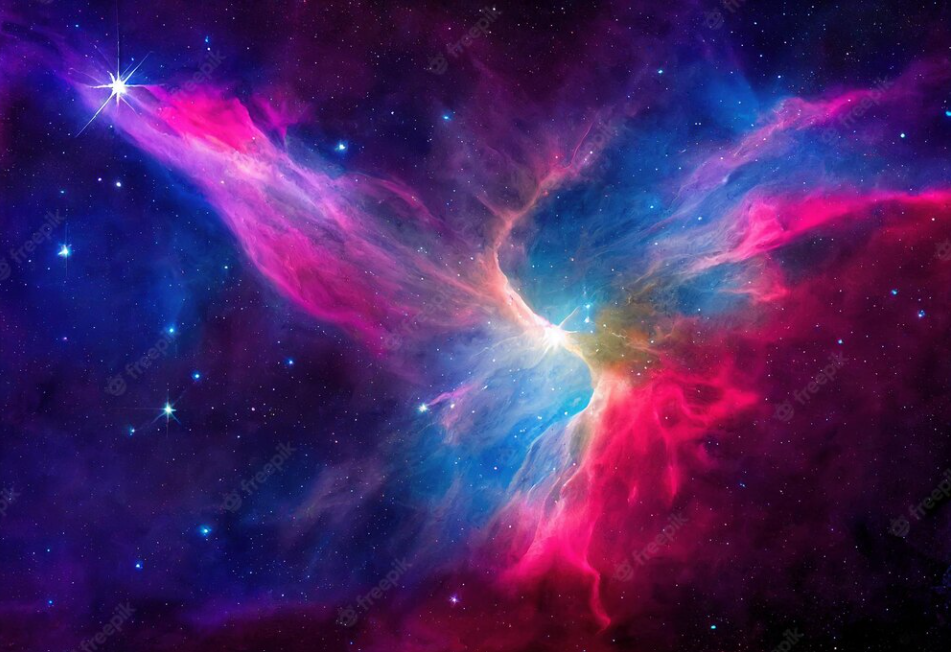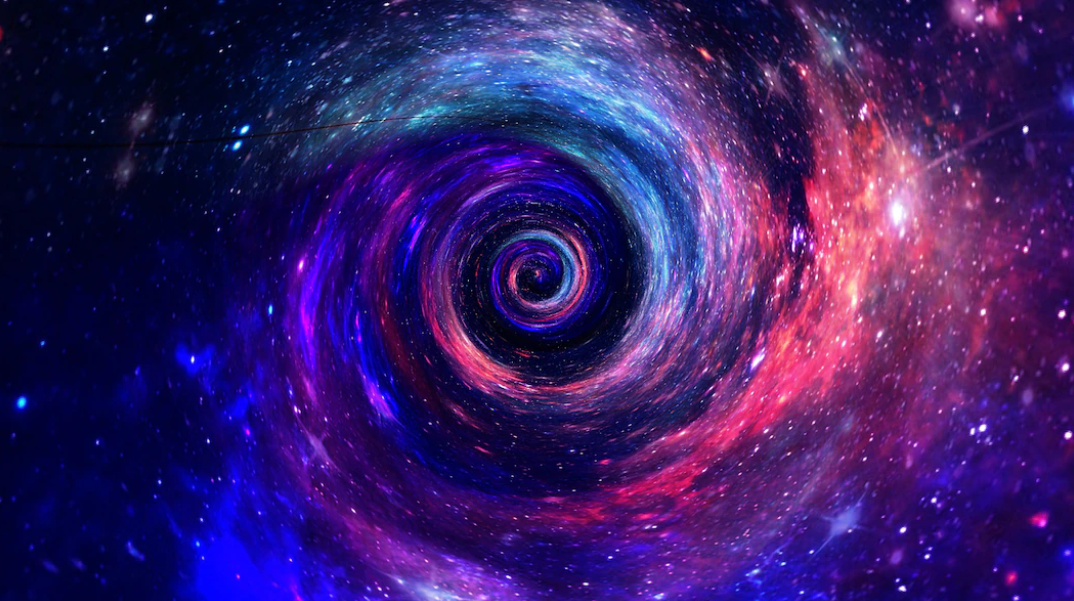For centuries, humans have looked up at the stars and wondered what secrets they might hold. From the ancient Egyptians to the modern day, astronomers have used their knowledge and technology to unlock the mysteries of the universe and explore the cosmos. From the discovery of planets and galaxies to the study of the early universe, the field of astronomy has made many groundbreaking discoveries and continues to push the boundaries of what we know.
Read along as we journey through the history of this timeless pursuit, from the ancient Greeks to the modern era, and discover the incredible achievements and discoveries that have shaped our understanding of the universe.
- The ancient Egyptians were the first to record observations of the night sky, including the movements of the stars and planets. They used this information to predict the flooding of the Nile and for religious ceremonies. The Egyptians were skilled astronomers and mathematicians and developed a detailed knowledge of the sky and its objects. They used this knowledge to create calendars, predict celestial events, and orient their buildings and tombs. The most famous example of their astronomical knowledge is the Great Pyramid of Giza, which is aligned with the cardinal directions and has a shaft that points directly at the North Star.
- The Greek philosopher Pythagoras (c. 570-495 BCE) is credited with discovering that the Earth is a sphere based on his observations of the round shadow it casts on the moon during a lunar eclipse. This discovery was revolutionary at the time, as most people believed that the Earth was a flat, stationary object. Pythagoras also proposed that the Earth and other celestial objects were composed of a single, perfect substance, which he called the “fifth element” or “quintessence.”

Img src = freepick.com - The Greek philosopher Aristotle (384-322 BCE) proposed the idea of a geocentric model of the universe, in which the Earth is at the center, and the Sun and other objects orbit around it. Aristotle’s model was based on his belief that the Earth was the center of the universe and that all other objects, including the Sun and the stars, revolved around it. This model was widely accepted for many centuries, and it was not until the work of Copernicus and Kepler in the 16th and 17th centuries that it was challenged.
- The Greek astronomer Ptolemy (c. 90-168 CE) developed a more detailed geocentric model of the solar system, which included epicycles (small circles within the orbits of the planets) to account for the observed retrograde motion of the planets. Ptolemy’s model was highly influential and was widely accepted for over 1,000 years. It was not until the work of Copernicus and Kepler that it was challenged and eventually replaced by a heliocentric model of the solar system.
- The Polish astronomer Nicolaus Copernicus (1473-1543) proposed a heliocentric model of the solar system, in which the Sun is at the center and the planets orbit around it. This model was a major departure from the traditional geocentric model and was met with significant resistance from the scientific community. However, Copernicus’s model was eventually refined and developed by Johannes Kepler (1571-1630) and Galileo Galilei (1564-1642), and it became the dominant model of the solar system.
- The English astronomer and mathematician Sir Isaac Newton (1642-1726) developed the laws of motion and universal gravitation, which explained the motion of the planets and other celestial bodies. Newton’s laws are some of the most important and influential discoveries in the history of science, and they are still widely used today. His work laid the foundations for the study of celestial mechanics and helped to establish the scientific basis for the modern understanding of the universe.
- The German-born astronomer William Herschel (1738-1822) discovered the planet Uranus and two of its moons and made significant contributions to the study of binary stars. Herschel was an accomplished astronomer and musician who made many important contributions to the field of astronomy. In addition to discovering Uranus, he also found infrared radiation and made important observations of the structure of the Milky Way galaxy.
- The French mathematician and astronomer Pierre-Simon Laplace (1749-1827) developed the nebular hypothesis, which explains the solar system’s formation through the collapse of a rotating cloud of gas and dust. Laplace’s theory was based on the idea that the solar system formed from a nebula, or cloud of gas and dust, which collapsed under its gravity. As the nebula collapsed, it spun faster and faster, eventually forming a disk-shaped structure with the Sun at the center. The planets formed from this disk through a process known as accretion, in which small particles stuck together to form larger and larger bodies. Laplace’s theory was a major step forward in understanding the origin and evolution of the solar system.

Img src – freepick.com - The English astronomer John Herschel (1792-1871), the son of William Herschel, made important contributions to the study of double stars, comets, and the distribution of stars in the Milky Way galaxy. John Herschel was a highly accomplished astronomer and mathematician who made many important discoveries during his career. He also made significant contributions to the development of photography as a medium. He was the first person to use the term “photography” to describe capturing images with light.
- The American astronomer Edward Charles Pickering (1846-1919) developed the spectroscopy technique, allowing astronomers to study the chemical composition and physical properties of celestial objects by analyzing the light they emit or reflect. Spectroscopy involves breaking down the light from a celestial object into its component wavelengths, or colors, and studying the patterns and intensities of the different wavelengths. This technique has provided important insights into celestial objects’ composition, temperature, and other properties, and it has played a key role in many important discoveries in astronomy.
- The American astronomer Edwin Powell Hubble (1889-1953) made important contributions to the study of galaxies and the universe’s expansion. He is known for the Hubble Space Telescope, launched into orbit in 1990 and named in his honor. Hubble made many important discoveries during his career, including the discovery of the expansion of the universe and the realization that the universe is filled with galaxies beyond our own. His work revolutionized our understanding of the scale and structure of the universe and paved the way for many of the discoveries that have been made since.
- The Russian-born physicist and astronomer Albert Einstein (1879-1955) developed the theory of relativity, which revolutionized our understanding of the nature of space and time. Einstein’s theory of relativity introduced the concept of spacetime, in which space and time are combined into a single, unified entity. His theory also predicted the phenomenon of time dilation, in which time appears to pass more slowly in strong gravitational fields. Einstein’s theory of relativity has profoundly impacted our understanding of the universe and has been confirmed by numerous experiments and observations.
- The American astronomer Carl Sagan (1934-1996) was a popular science communicator and host of the television series “Cosmos,” which aired in 1980 and helped popularize astronomy studies. Sagan was a passionate advocate for science and education and played a key role in popularizing astronomy and other scientific fields. His television series “Cosmos” was seen by millions of people worldwide and helped inspire a generation of scientists and explorers.
- The discovery of cosmic microwave background radiation in 1964, which is believed to be the residual radiation from the Big Bang, provided strong evidence for the Big Bang theory of the origin of the universe. The cosmic microwave background radiation is a faint glow of microwaves that pervades the universe, and it was first detected by Arno Penzias and Robert Wilson in 1964. This discovery provided strong evidence for the Big Bang theory, which proposes that the universe began as a singularity, or a point of infinite density and temperature, and has been expanding ever since. The discovery of cosmic microwave background radiation helped to establish the Big Bang theory as the most widely accepted explanation for the origin and evolution of the universe.
- The American astronomer Vera Rubin (1928-2016) made significant contributions to the study of dark matter, which is believed to make up a large portion of the universe’s mass. Rubin’s work helped establish the existence of dark matter, a mysterious and invisible form of matter that does not emit or absorb light and is detectable only through its gravitational effects. Dark matter is thought to play a crucial role in the structure and evolution of galaxies, and its nature and properties remain a mystery to this day.

Img src – freepick.com - The discovery of exoplanets, planets that orbit stars other than the Sun, has expanded our understanding of the diversity of planetary systems in the universe. The first exoplanet was discovered in 1995, and since then, thousands more have been found. These discoveries have shown that planetary systems are common throughout the universe, and they have raised the possibility that there may be other planets in the universe that are capable of supporting life.
- The study of supermassive black holes, which are believed to exist at the center of most galaxies, has helped to improve our understanding of the evolution and structure of galaxies. Supermassive black holes are incredibly dense objects that are millions or billions of times more massive than the Sun. They are thought to play a key role in the evolution and behavior of galaxies. The study of supermassive black holes has provided important insights into the formation and growth of galaxies and has helped to improve our understanding of the fundamental laws of physics.
- The discovery of gravitational waves, predicted by Einstein’s theory of relativity, has provided a new way to study the universe and opened up new possibilities for detecting celestial objects and events. Gravitational waves are ripples in spacetime that are produced by the acceleration of massive objects, and they are detectable only through their extremely subtle effects on the motion of objects. The discovery of gravitational waves has provided a new way to study the universe and has led to the detection of many new celestial objects and events, including the merger of two black holes and the collision of two neutron stars.
- The study of the early universe, including the formation of the first stars and galaxies, has been aided by advances in telescopes and other observational instruments, such as the James Webb Space Telescope, which is scheduled to launch in the coming years. The James Webb Space Telescope is a powerful new telescope that is designed to study the early universe and the formation of the first stars and galaxies. It is equipped with a suite of advanced instruments that will allow it to study the atmospheres of exoplanets, the structure of galaxies, and the formation of stars and planetary systems.
- The search for extraterrestrial life has been an important focus of astronomy for centuries. Recent discoveries, such as detecting water on other planets and moons in our solar system, have fueled the hope that we may one day discover evidence of life beyond Earth. The search for extraterrestrial life is driven by the belief that the universe is teeming with life and that we are not alone in the cosmos. There have been many tantalizing clues and hints of extraterrestrial life, but so far, there is no definitive evidence that life exists beyond Earth. However, the search continues, and many scientists believe we are on the verge of discovering evidence of life elsewhere in the universe.
As we continue to look up at the stars with wonder and curiosity, we can be confident that the future of astronomy holds even greater discoveries and insights as we continue to explore the vastness of the universe and our place within it.
Tags: Exploring the Cosmos, 20 Fascinating Facts About Astronomy, The History of Astronomy, Astronomy
